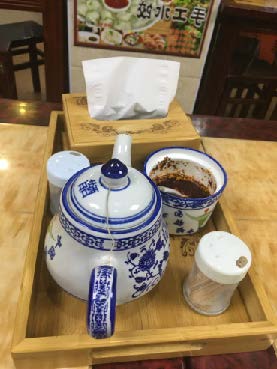Karolina Votrubova
During the first weekend, we had one of our whole day trips. After breakfast, we got on the bus and headed towards Quanzhou, one of the most popular cities in Fujian province. This harbour is famous for its red buildings and diverse ethnic origins, which is reflected in a number of different temples.
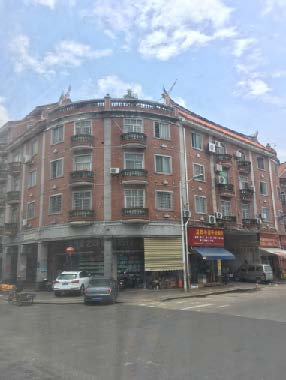
After arriving, we visited one of the main touristic attractions: a Buddhist Quanzhou Kaiyuan Temple. While listening to our tour guide, who was explaining the history of this remarkable temple, our group was approach by number of locals who wanted to take a photo with us, as for them, we were a big attraction. Continuing our tour inside the Daxiong Palace, we learned that each different position in which Buddha is sitting has a different meaning. For instance, hands on the knees mean that he will kill the demons for you and a raised hand with three fingers means that he has three important things to share with you. Walking out of the main building, we noticed that as part of the gardens, they have big ritual furnaces where they burn golden joss papers representing money that they send to those who have passed away for the future life. Part of the temple is an old maritime museum where an old ship from 13th century can be found. The ship shown below belonged to the Song dynasty and was dug up from the harbour in Quanzhou. Being roughly 40 metres long, it is considered to be the biggest ship found from this period.

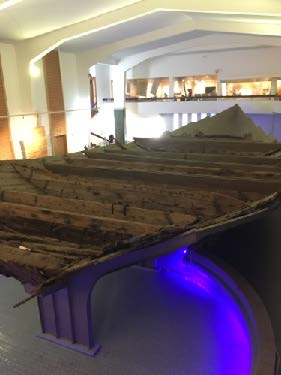

After a well-deserved lunch in one of the local hotels, we made our way to two other temples, one of which was Muslim and one Taoist. Inside the Taoist Guandi Temple we noticed that people keep playing with wooden sticks and then taking them away into a different room. We were very interested in this tradition and our tour guide explained to us that each stick has a different number. After throwing the sticks inside the bowl, one of the numbers will fall out. This number is your lucky one and you can then go into the second room where any of your questions for the future will be answered. Some of us, including myself, tried it with help from Xiamen University student ambassadors who translated for us. This was definitely a highlight of our trip as we got to experience local culture first-hand.
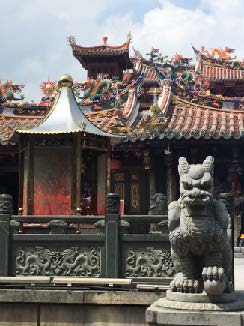
On our way back, we made a final stop at Luoyang bridge; the first stone bay bridge in China. This bridge is one of China’s four famous bridges and was constructed over 1000 years ago reaching the length of 1.3 km.
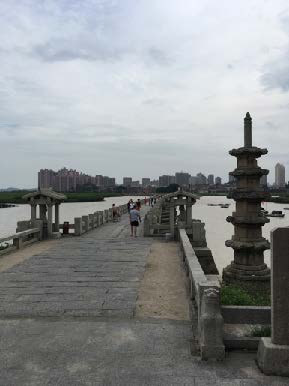
During the journey back, we all enjoyed a well deserved sleep. Because of heavy traffic in Xiamen, we did not make it to our dinner at campus. Our group decided to try one of the local restaurants outside the university. After a struggle with translating our orders, we enjoyed our food.
